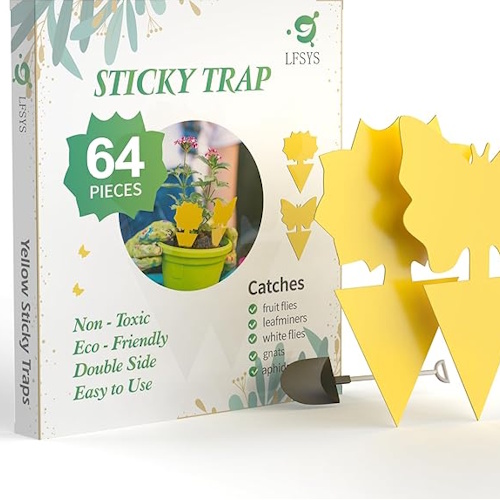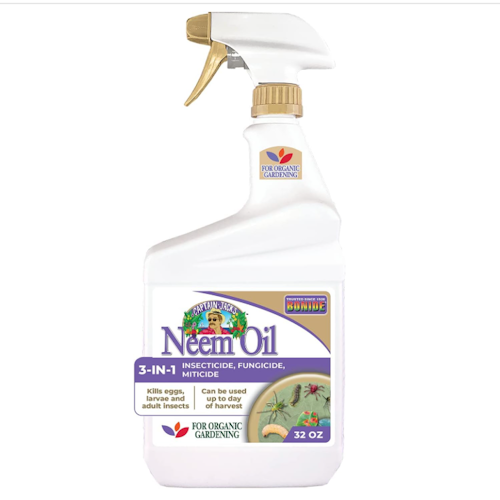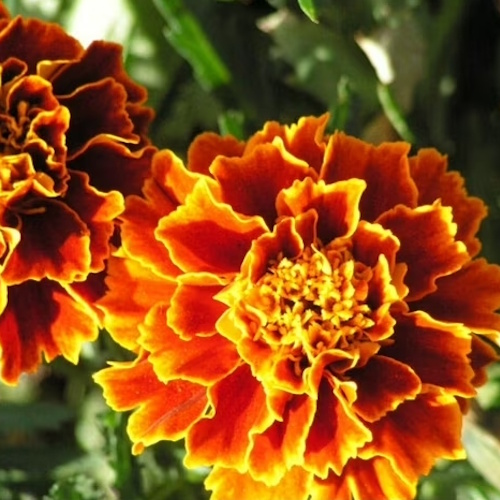Mushrooms that eat insects? It's not something from a sci-fi film, it's happening right now in your backyard – you can even use kitchen mushrooms to get rid of pests, too
Fungi is a powerful resource when it comes to natural pest control

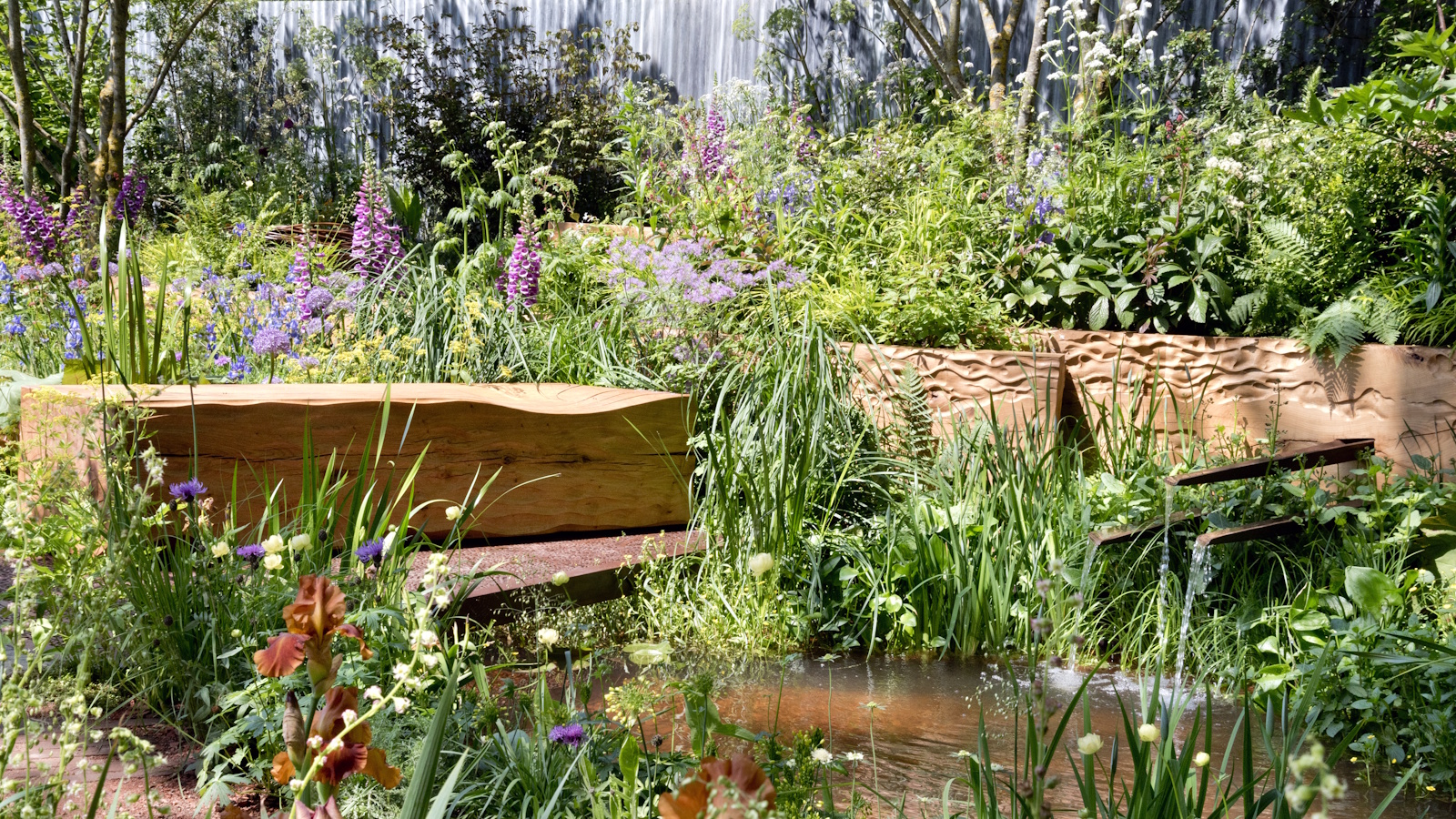
The battle against pests in the garden can seem relentless. Just as you've got rid of one insect eating away at your flowers, you find another chomping on your crops. That's why I'm always hunting for new ways to repel pests. Any hacks that use things I already own, take little time, and have effective results are a bonus, just like using mushrooms to get rid of pests.
This is a natural pest control method I hadn't heard of before, but the science behind it makes a lot of sense. Mushrooms essentially contain compounds that a wide range of pests that destroy plants can't stand – from aphids and thrips, to slugs and snails. By including them in a DIY pest repellent, you can protect your ornamental and edible plants alike.
Not only this, but it turns out there is also a certain type of mushroom – entomopathogenic – that actually engulfs insects, consuming and suffocating them. Although this conjures a horrific image, it's a fascinating way nature puts its own pest control in place. Keen to find out more? Here's everything you need to know about how to use mushrooms to get rid of pests.
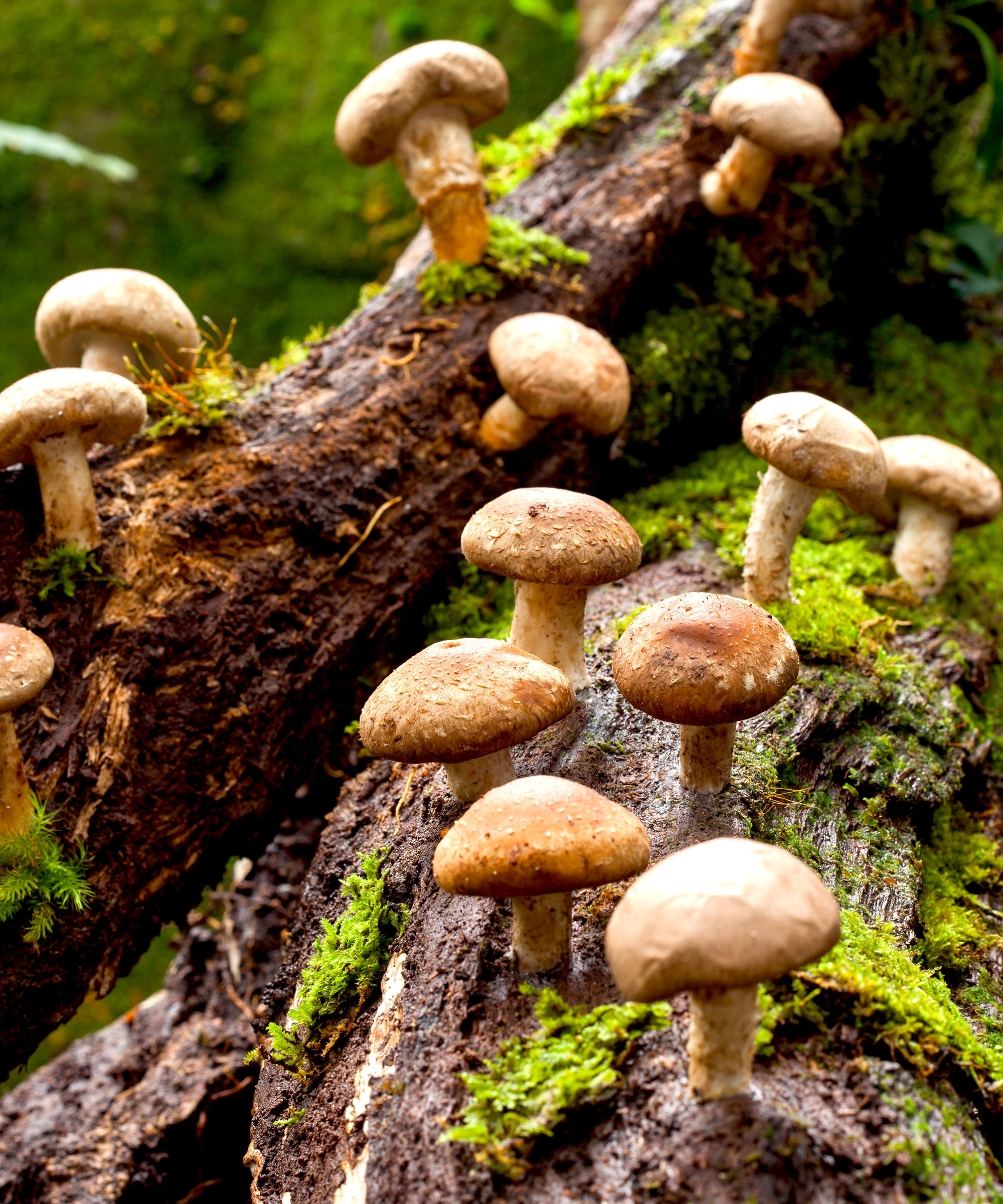
How to use mushrooms to get rid of pests
As mentioned, there are a couple of ways you can use mushrooms to get rid of pests. Firstly, you can make a homemade bug spray using the mushrooms in your kitchen. Secondly, you can take advantage of entomopathogenic fungi to do the job for you.
Make a mushroom pest spray
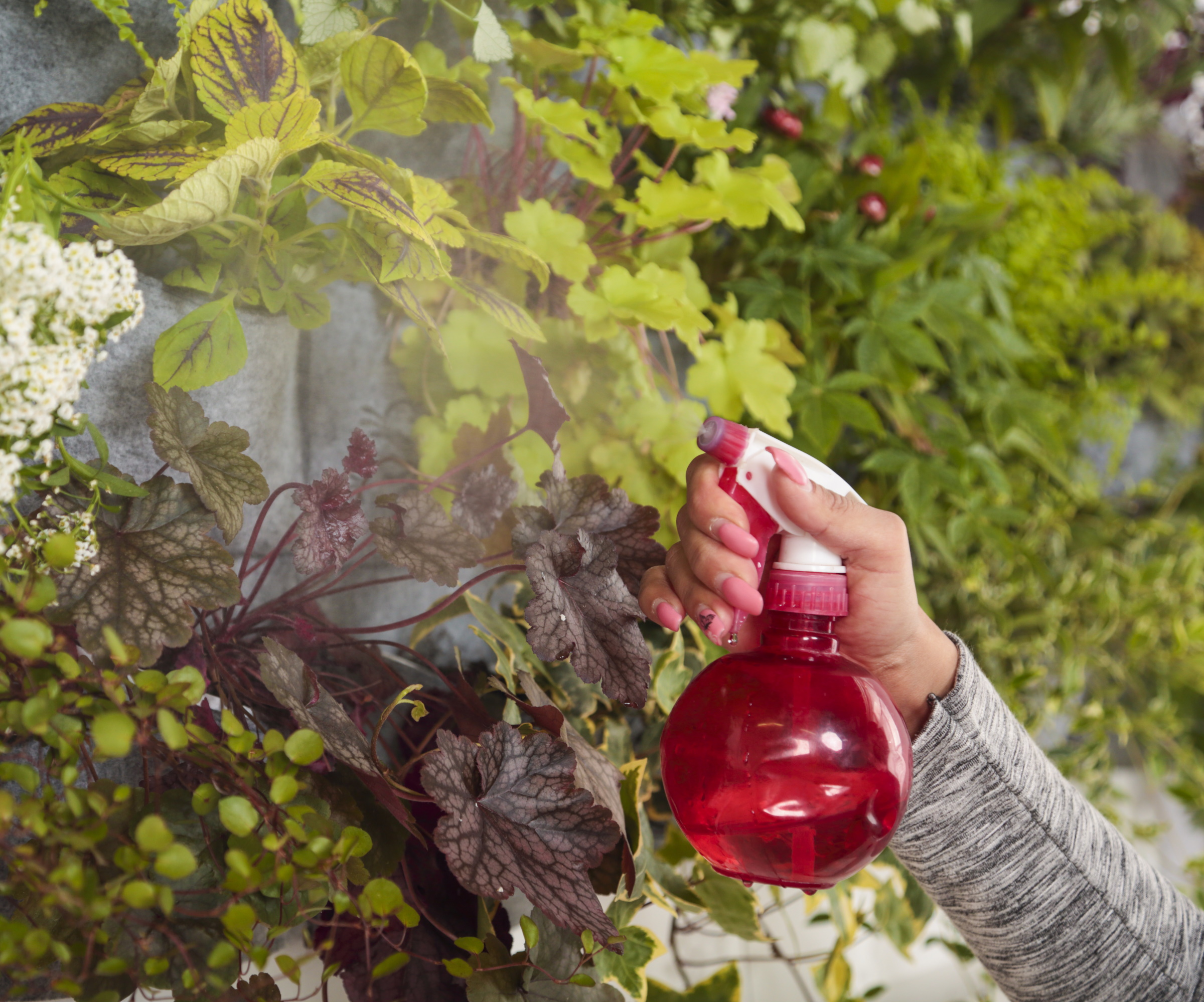
This is perhaps the more accessible way to use mushrooms to get rid of pests because you can just grab the mushrooms you have in your kitchen, or put in an order for mushrooms at Walmart.
Edible mushrooms (including oyster mushrooms from Walmart and shiitake mushrooms from Walmart) contain bioactive compounds that are antifungal, antimicrobial, and insect-repelling. Not only this, but they have enzymes, phenolics, and bitter-tasting compounds, all of which drive away pests.
When a mushroom spray is applied to plant surfaces and soil, the residue and unfamiliar scent confuse and disrupt pests like snails, slugs, and destructive insects.
Design expertise in your inbox – from inspiring decorating ideas and beautiful celebrity homes to practical gardening advice and shopping round-ups.
'Getting rid of snails can sometimes feel like a losing battle, so it really is a life-saver to discover you can use the vegetables you already have rather than having to invest in pricier pest control solutions,' says Homes & Gardens' Gardens Content Editor Thomas Rutter.
You simply need to blend your mushrooms (even a hand blender like this one from Amazon should work) before straining the mixture through some cheesecloth (from Walmart). Place the mixture in an empty spray bottle (from Amazon), ready for use.
'I would recommend adding in some additional ingredients that are known to be effective in slug control, like peppermint oil (from Amazon),' says Thom. 'This will also help get rid of insects like aphids, mosquitoes, ants, and more.'
You can then spray your plants and the soil around their base. Just be careful not to overspray foliage, especially on hot days, because it may contribute to leaf scorch in the sun.

Thomas is a Content Editor within the Gardens Team at Homes and Gardens. He has been working as a gardener and garden writer for several years. Whilst completing his Horticultural Traineeship at the Garden Museum, London, he was able to gain experience at many of the UK's world-famous gardens, including Sissinghurst, Lowther Castle, and Iford Manor. Following this, he worked for two private estates in Tuscany, Italy.
Let entomopathogenic mushrooms take the lead
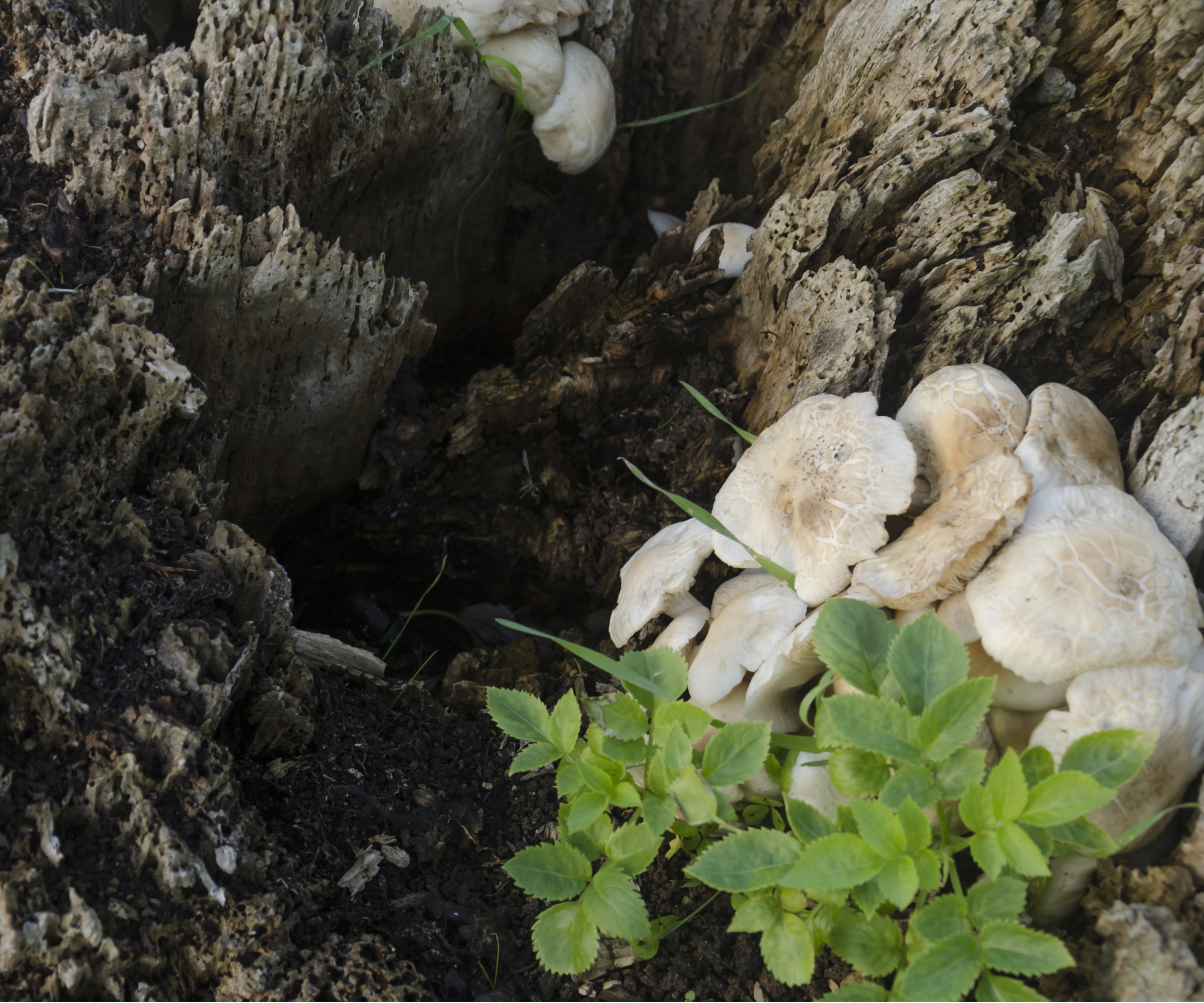
This way to use mushrooms to get rid of pests is a little more gruesome, but it's a natural process likely already happening in your yard without your knowledge.
Entomopathogenic mushrooms are what they say they are: 'entomo', meaning insect, and 'pathogenic', meaning disease. These mushrooms essentially biologically kill a wide range of insects.
The fungus produces microscopic spores that land on insects. They then germinate, grow, and consume the insect from within, resulting in suffocation and death.
Entomopathogenic mushrooms occur naturally in many soil types and plants. In fact, just like mushrooms in your flower bed, having entomopathogenic mushrooms in your yard is an indicator of a healthy ecosystem.
But you can encourage their growth by creating an ideal environment.
This includes ensuring your soil has good drainage, to create a moist but not waterlogged environment, leaving fallen leaves and other organic matter to decay on the ground for mushrooms to feed on, and incorporating some garden shade.
Alternatively, you can purchase entomopathogenic mushrooms in liquid or powder form from garden centers, but it is tricky to come by. If you're keen to purchase some, I recommend calling your local garden center ahead of a visit to check stock.
FAQs
Will physical mushrooms repel pests?
Placing mushrooms near plants to repel pests is less effective than creating a mushroom pest repellent spray. This is because they're easier for pests to avoid, whereas a spray covers the surface of plants and soil with the chemical compounds found in mushrooms that pests dislike.
Do entomopathogenic mushrooms threaten beneficial insects?
The impact of entomopathogenic mushrooms on beneficial insects is a little uncertain, although several studies show they do not pose a significant threat to pollinators.
This is largely because pollinators have proven to be able to groom themselves rid of any fungal spores before infection develops.
However, it is an important consideration to keep in mind, and worth doing more research into if you plan to introduce entomopathogenic mushroom liquid or powder to your yard.
To take this pest control method a step further, you could even grow your own mushrooms to use. When doing this, just make sure to read up on mushroom growing mistakes to avoid.
Shop other non-toxic pest control essentials

Tenielle is a Gardens Content Editor at Homes & Gardens. She holds a qualification in MA Magazine Journalism and has over six years of journalistic experience. Before coming to Homes & Gardens, Tenielle was in the editorial department at the Royal Horticultural Society and worked on The Garden magazine. As our in-house houseplant expert, Tenielle writes on a range of solutions to houseplant problems, as well as other 'how to' guides, inspiring garden projects, and the latest gardening news. When she isn't writing, Tenielle can be found propagating her ever-growing collection of indoor plants, helping others overcome common houseplant pests and diseases, volunteering at a local gardening club, and attending gardening workshops, like a composting masterclass.
